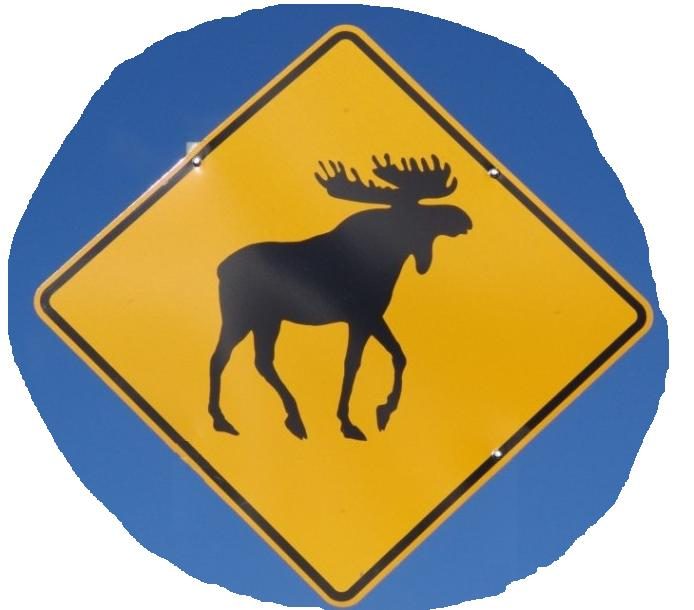(continuer en français) – Published: April 27, 2024


Bratislava’s urban fabric is divided into three levels. First, the oldest, clinging to the slopes of the hill rising to the castle, the medieval old town. At the other end of the spectrum, the Eurovea district along the Danube, where the modern city is being built to rival comparable European cities. And then, in between, there’s the rest of the city, in terms of both periods and styles.

Medieval city
Once protected by imposing city walls, fragments of which still remain, Bratislava’s old town is reminiscent of medieval cities. Cobbled streets wind their way up the slope, lined with weathered buildings, each seemingly whispering stories of past centuries.
As visitors stroll through the old town, they pass by ancient houses set apart from the hustle and bustle of modern life, the old town remaining a sanctuary of tranquility. Old palaces, albeit modest, have been restored and given a new lease of life as cultural or diplomatic venues.






Baroque city
During the Baroque period, Bratislava expanded beyond the medieval old town. Palaces grew in size and streets widened to accommodate a larger population whose commercial activities required more space.
Overall, Bratislava’s Baroque architecture is characterized by its quiet elegance, reflecting the city’s status as a cultural and commercial center during this dynamic period of European history. The city was then called Presburg and held a high rank within the Austro-Hungarian Empire.



Primate’s Palace
The most representative monument of the Baroque period is certainly the Primate’s Palace, built in the 18th century as the residence of the Archbishop of Esztergom. The palace’s facade is adorned with exquisite Baroque elements, including statues, columns and decorative motifs. It now belongs to the City Hall complex.

Gardens
To provide some fresh air in a densely populated urban area, a number of gardens were laid out in the city center, providing much-appreciated oases of relaxation and recreation. Embellished with sculptures, the gardens also feature references to art and history.




Art Nouveau
As in Prague and Budapest, Art Nouveau has left its mark on Bratislava in a variety of forms. With its sinuous lines and intricate ornamentation, this style has added to the city’s architectural diversity. While Bratislava is perhaps best known for its medieval and Baroque architecture, several remarkable Art Nouveau buildings are still scattered around the city.
The Blue Church, also known as St. Elisabeth’s, is an Art Nouveau gem in the eastern part of the old town. Its sky-blue facade, adorned with delicate white trim and mosaic decorations, makes it a popular place to visit.




Eurovea
Bratislava’s newest district stretches along the Danube, replacing an obsolete industrial zone. Built around a shopping mall and entertainment venues, it offers a wide range of stores, restaurants, cafés and leisure facilities.
The Eurovea district also includes office space, residential apartments and a luxury hotel, making it a dynamic center for business and leisure. Its privileged riverside location offers breathtaking views and a relaxing ambience, ideal for strolling.
Eurovea regularly hosts events, concerts and cultural exhibitions, adding to its lively atmosphere and attracting crowds all year round. The district is a symbol of modernity and vitality, giving Slovakia a new face.









To be informed of upcoming articles, register here (it’s free!).
…
Articles about Mitteleuropa
…
Austria
Czechia
To be informed of upcoming articles, register here (it’s free!).

What an interesting mix of old and new. I love when cities leave their old towns intact, adding new buildings in a new area. Thanks for sharing. Allan
LikeLiked by 1 person
You’ve got a good point, old or new, all architecture can be great, but the homogeinity factor brings an extra quality to a neighbourhood. Bratislava has achieved this, perhaps as it was developed more recently, at a time when older buildings were better respected.
LikeLiked by 1 person
I did not go into city center but passed on the outskirts on my road warrior ways from Prague to further smaller towns all noted in my blog. Pleasant memories! Cheers
LikeLiked by 1 person
It’s true that all the region’s major cities have benefited from a rich cultural life that is now reflected in their beautiful downtowns.
LikeLiked by 1 person
So much to love about this city! I hope to get there one day.
LikeLiked by 1 person
Bratislava is one of a number of central European cities that have developed as part of the same cultural fabric. A rich region to visit.
LikeLiked by 1 person
I’ve heard many good things about Bratislava, but we didn’t have time to get there when we visited the mountain towns in Slovenia. It looks lovely, and with so many architectural styles over the generations. Maggie
LikeLiked by 1 person
It’s a city that can be visited easily, the various neighbourhoods are close together and with a bit of organisation it is possible to see a lot in a day.
LikeLiked by 1 person
We visited Bratislava for a day when we were in Vienna a few years ago. I was pleasantly surprised at how charming the old town is. We didn’t explore much of the newer districts, so it was neat to hear about it and see your pictures.
LikeLiked by 1 person
It’s hard to see it all in one day, even if the city center isn’t very large; I’d also come from Vienna for the day, as I had friends living in Bratislava at the time, and they were the ones who showed me this new district.
LikeLiked by 1 person